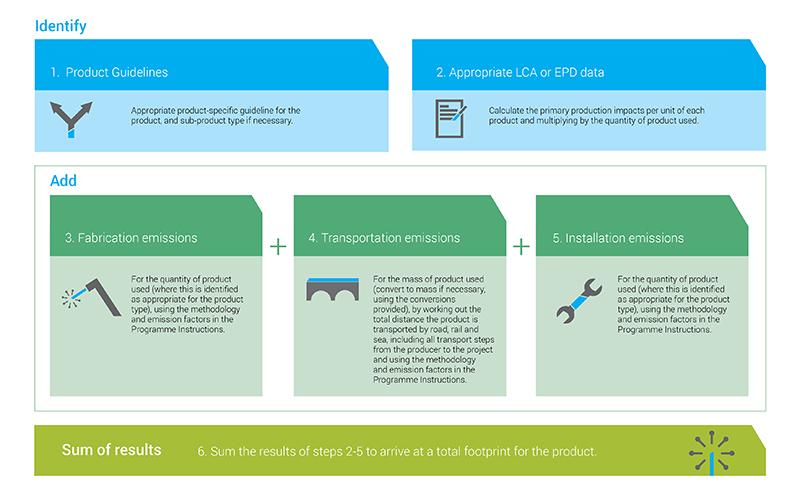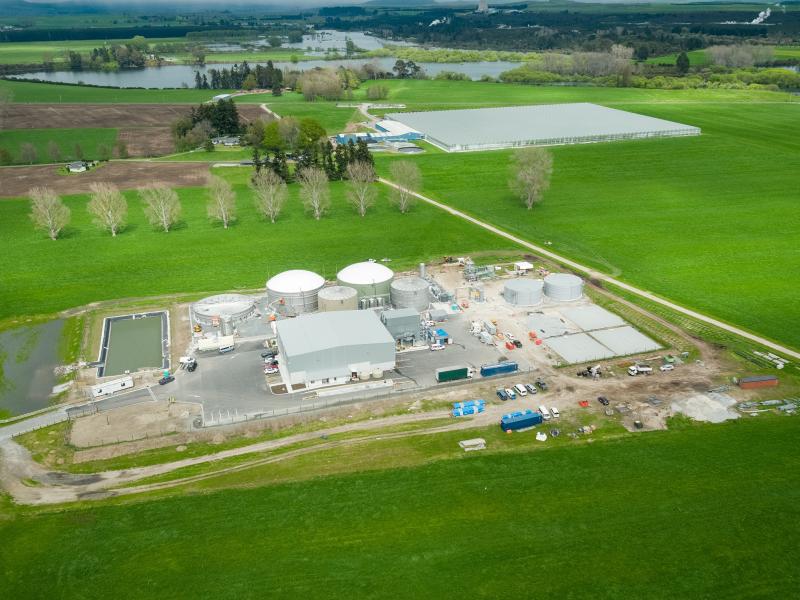A new zero carbon steel program called Hōtaka Whakakore Puhanga Waro has launched marking a global first for the construction sector, who can now offer a zero carbon steel option for most steel products used in New Zealand. As part of the offsetting program, HERA commissioned thinkstep-anz to develop a robust set of program rules to determine the underlying requirements for calculating the emissions for offsetting to ensure integrity of the program.
HERA has partnered with Ekos, a leader in carbon management and environmental financing, to administer the offsetting process. Emissions are offset via Ekos through the calculator itself with the offsets being sourced from native forest projects in the Pacific Islands. These projects deliver multiple biological, ecological and social co-benefits beyond simply carbon sequestration.
HERA CEO, Dr Troy Coyle, says, “There is a climate change crisis, so the focus is naturally on reducing carbon now. The zero carbon steel program is a game changer for steel, a known hard-to-abate product. It provides a carbon neutral steel option now, to build upon all of the circular economy benefits that steel offers through its reuse and recycling, noting that 85% of all steel waste from construction in NZ is recycled.”
New Zealand has committed to a net zero carbon target by 2050, meaning the reduction of the steel industry's emissions is important, but that this is only part of the challenge.
Steel and iron production is the single largest industrial source of CO2 emissions in New Zealand, representing 55% of industrial emissions and around 5% of total gross emissions[1]. Carbon is primarily used in the steel-making process as a reductant, rather than an energy source. Although there is research into alternative reductants (e.g. hydrogen), currently no commercially viable alternative exists for coal.
There are many research projects looking at green steel options using alternative reductants, including work supported by New Zealand Steel, at Victoria University of Wellington, looking at hydrogen as an alternative reductant. While that technology is not yet available, it is important for the industry to utilise carbon offsetting as a mechanism to reduce net emissions.
The construction industry is having a lot of conversations around carbon in steel, with MBIE having developed two emissions mitigation frameworks under the Building for Climate Change Programme – the building and construction sector’s contribution to New Zealand’s goal of net zero carbon emissions by 2050. MBIE has proposed new reporting requirements and caps on emissions from building operations and on whole-of-life embodied carbon to drive emissions reductions.
“The novelty of the program is that it covers a number of different steel products. It includes painted steel used in roofing and cladding, rebar used in concrete, light-gauge steel framing, heavy structural steel and stainless steel. We’re not aware that a program of this type, at this level of detail, exists anywhere else in the world, and HERA offers independence and robust program rules for how a product can be included. Working with thinkstep-anz adds another layer of independence,” says Dr Coyle.
HERA expects the program to change the conversation around the carbon performance of steel, with the sector knowing that a reliable option for net zero carbon steel now exists.
Dr Coyle says, “The main users of the program will be either the building product suppliers or fabricators, who may decide to bring it into their front end to offer zero-carbon options to their customers or end-users (i.e. building owners). Suppliers can use the program to bid for projects offering a zero-carbon option (with the anticipated offsets included in the quoted fee), leaving the end-user to pull an affordability lever or a carbon lever. Broader conversations need to be had around consumer decisions and finding the right balance between ‘building beautiful’ versus ‘building sustainable’. We hope that specifiers will start to specify zero carbon steel too.”
Scott Morrison, Head of Innovation and Sustainability at Fletcher Steel, says, “The future of steel is clearly one where it becomes a low carbon emissions material. However, in the interim, the zero carbon steel program allows New Zealand architects, engineers and homeowners to continue to use the material that they know, with the performance they can trust, while also managing their commitments to our low carbon future.”
The rules of the program have been developed by thinkstep-anz, independent experts in sustainability, in consultation with HERA. thinkstep-anz CEO, Barbara Nebel, says, “Taking a sector approach towards mitigating carbon is showing real industry leadership. This project demonstrates how collaboration along a full supply-chain can drive change. Being an early adopter of Life Cycle Assessment and Environmental Product Declarations really pays off for the sector. The carbon footprint data that is available in those EPDs made it easy to develop the calculator based on verified information.”
HERA is also walking the carbon-reduction talk within its business, having worked with thinkstep-anz on a four-month-long project to calculate its own carbon footprint. Dr Coyle says, “We have succeeded in accurately determining our footprint and in sharing what we learned with members to help them do the same – now we are finding opportunities to offset our own operational carbon.
“The COVID silver lining in this work is that we have pivoted to digital delivery of many of our programmes, including training and audits. Work travel was a key opportunity area for us to improve and we now have the experience and comfort with digital methods to be able to reduce our reliance upon face-to-face delivery. We are continuing to progress this work, which gives us confidence that we can speak with credibility on helping to move the whole sector towards a zero carbon steel program.”
For more information on Hōtaka Whakakore Puhanga Waro and to access the program, visit https://www.hera.org.nz/sustainability/zero-carbon-steel/.
Fact Sheet
- The zero carbon steel program was gifted the name Hōtaka Whakakore Puhanga Waro mo te Hua Rino (Carbon Emissions Offsetting Program for steel products) by Joseph (Joe) Te Rito [PhD, Māori Interpreters Licence] Rongomaiwahine/Ngāti Kahungunu;
- The rules of program have been developed by thinkstep-anz in consultation with HERA and Ekos;
- HERA is an independent research association and has no vested interest in supporting one steel product, supplier or manufacturer above another. The rules will be maintained by HERA, and hosted on the HERA website to ensure public access and transparency;
- thinkstep-anz is an independent, New Zealand-based company that assesses and advises on sustainability. thinkstep-anz is a member of the New Zealand Green Building Council, Life Cycle Association of New Zealand and has extensive experience conducting LCAs and creating EPDs in the steel sector in Australasia;
- The offsetting calculations in the program are based on published life cycle assessments (LCAs) and environmental product declarations (EPDs);
- A sub-set of rules has been developed for each product type (e.g. rollformed roofing/cladding, light-gauge steel framing, stainless steel etc), to clearly define any further requirements specific to the industry;
- Ekos develops and supports restorative forest carbon projects and links them with businesses and individuals wanting a zero carbon future. Ekos’ forest carbon projects in Aotearoa New Zealand and the Pacific Islands deliver climate resilience, waterways protection, erosion control, biodiversity protection and community economic development;
- Ekos’ carbon credits arise from establishing new forests and protecting existing forests indefinitely from logging. These conservation activities create measured, reported and verified carbon benefits;
- The forests provide environmental benefits from sustainable land management, waterways protection, and biodiversity conservation. They also provide self-sustaining income for landowning communities, by covering the lost income that would have come from farming or logging the same land; and
- Ekos is recognised as a credible carbon offsetting scheme by ConsumerNZ.






